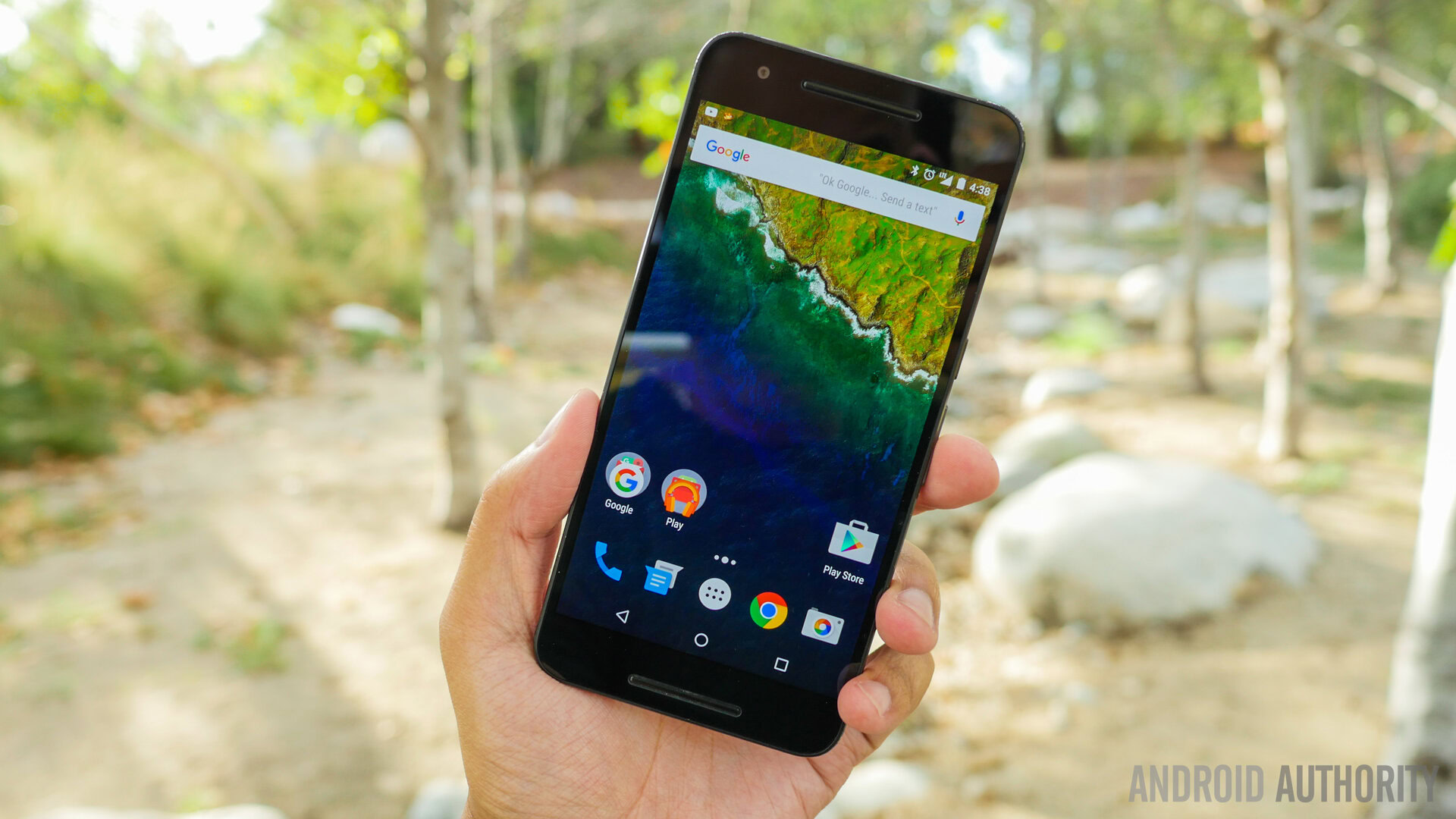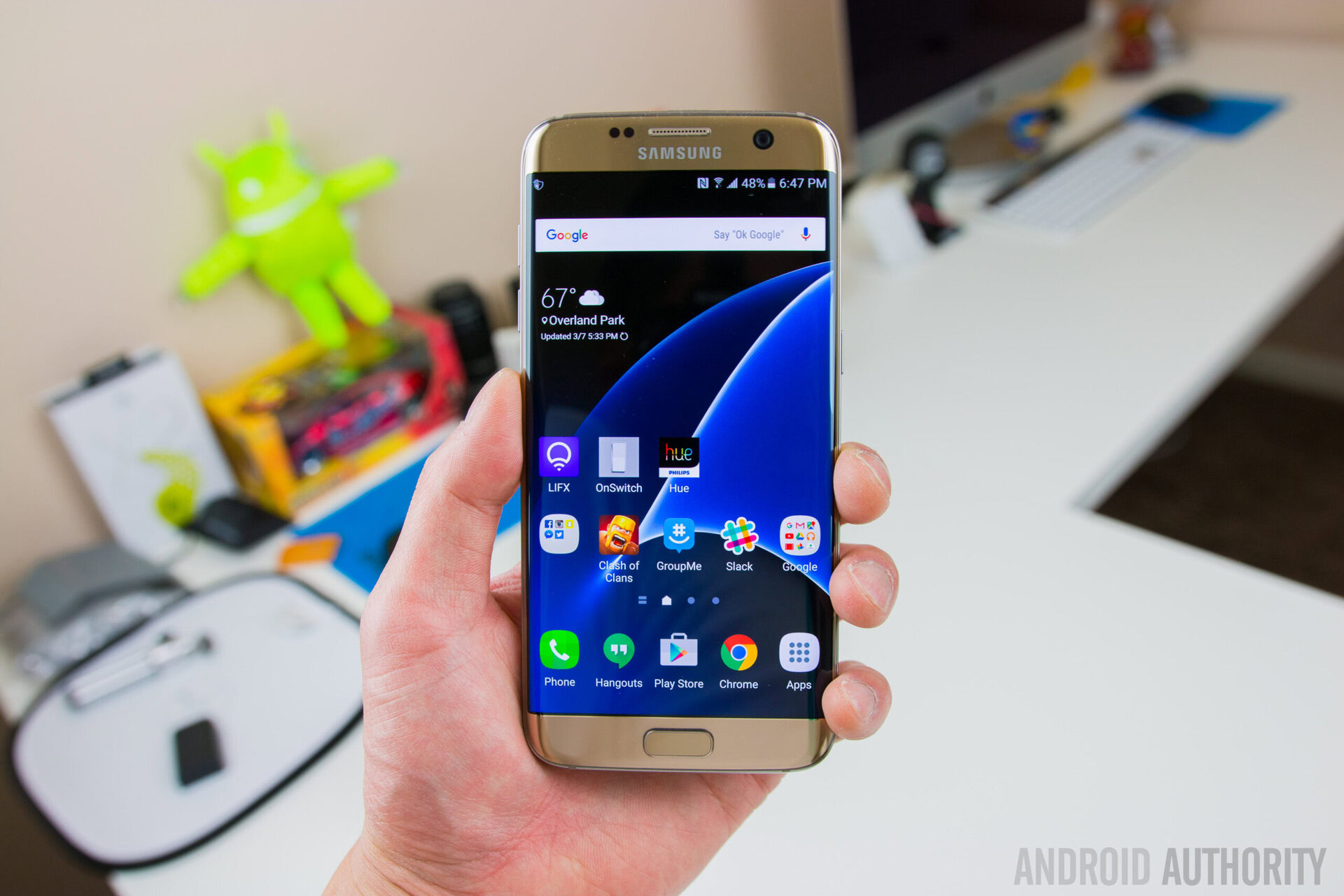Affiliate links on Android Authority may earn us a commission. Learn more.
Stock Android on Chinese phones: a dream come true?

A few years back when Chinese phones were still very much confined to China, many of us were eagerly awaiting the day when they would finally spread into Western markets. But there was then – and largely still is – one big problem that makes Chinese phones less attractive to the average Western consumer: Chinese interfaces are, generally speaking, pretty awful to most Western tastes. The hardware is increasingly exceptional, but only the dedicated few can truly come to love a user interface designed for the Chinese market.

There’s a little too much iOS in them for most Western Android fans, removing the app drawer in Android (which is relatively common with Chinese interfaces) has proven to be massively unpopular and the whole setup is just a little jarring to anyone familiar with more mainstream Asian OEM skins from the likes of Samsung and LG. But when the Nexus 6P dropped – offering outstanding Chinese hardware running stock Android – there were more than a few of us that hoped it might be the start of a larger trend.
Be together, not the same
Now, there will be plenty among you that still value the differentiation of the software layer over the verisimilitude of stock Android and near-stock devices. With the hardware aspects of current smartphones increasingly boiling down to superficial design differences (which are themselves becoming increasingly unified under the “premium metal unibody” cookie cutter), a unique software experience is perhaps becoming more important rather than less important.
But Android being Android means that even within a largely stock experience there’s plenty of room for customization and differentiation. The same is also true of a heavily skinned version of Android. Samsung has already proven how radically an update to the System UI can modify a phone’s visual feel with its advanced Good Lock UI. Good Lock completely overhauls the lock screen, Quick Settings, notifications shade and recent apps list while leaving the settings menu, home screen and app drawer intact.
Samsung has already proven how radically an update to the System UI can modify a phone's visual feel.
With this in mind – and assuming you would agree that the settings menu and app drawer don’t comprise much of what we find unique about a software layer – then shipping a Chinese phone with stock Android and plenty of customization or theming options would achieve much of the same potential without putting off such a large portion of the Western market. But would stock Android actually make you more likely to buy a Chinese smartphone?
Think Xiaomi’s MIUI, HUAWEI’s EMUI, OPPO’s ColorOS or Lenovo’s Vibe UI: would a device from one of these manufacturers running stock Android be more or less enticing to you as a smartphone user? What if they arrived running a manufacturer-themed version of stock Android that you could easily revert to pure stock (or apply a different theme to)? The reason we haven’t seen this seemingly obvious decision already is twofold.

Baked-in software
Firstly, there’s the baked-in software features unique to all OEM skins that are arguably the most unique differentiator for manufacturers and consumers alike. If Samsung were to ship a stock Android Galaxy S7 Edge, for example, you’d miss out on the Edge features, Game Tools and Game Launcher, Galaxy Labs experimental features, proximity sensor gestures, Knox, Ultra Power Saving Mode, Download Booster, Quick Connect, S Voice and so on. Many of these are the features you typically come to Samsung for.
Not only would any manufacturer be naturally reticent to do away with all of their painstakingly researched, developed and implemented software features, there’s also no simple way to add most of them back in with apps. While the camera app, a launcher, an icon pack and default apps could easily be installed during setup, some features simply have to be baked in at the firmware level or else be scrapped entirely. But while you may not want a Galaxy S7 Edge without all the features mentioned above, a Xiaomi Mi 5, HUAWEI Mate 8 or OPPO F1 Plus might be a different story entirely.
It's hard to feel like you're missing out on software features you've never had the opportunity to use.
What are you missing out on?
If the software features baked into one of the devices mentioned above are entirely unknown to you because you’ve never had the opportunity to use one, then you might not even feel like you’re missing out on anything. Instead you’d be getting excellent hardware at a competitive price with an Android experience you know and likely love. So what do Chinese manufactures really have to lose with a stock Android bet placed in a Western market?
Nothing really. They could easily take the stock-plus approach of Motorola and add in the bare bones features they simply can’t jettison, but stock Android would certainly attract more Western consumers than an interface designed for a Chinese audience. It would also make updating these phones a lot easier too. Of course, there are numerous reasons why most Chinese manufacturers aren’t selling their devices in the U.S. that have nothing to do with interfaces.
But if all barriers were removed and you could buy smartphones from Chinese manufacturers running stock Android, would you buy one? Do you typically buy a new phone for its hardware, its software or an impossible-to-disentangle mixture of both? Would you be willing to forego some baked-in software features for the impressive price/performance ratio offered by many Chinese devices?
Up next: Best Chinese Android phones